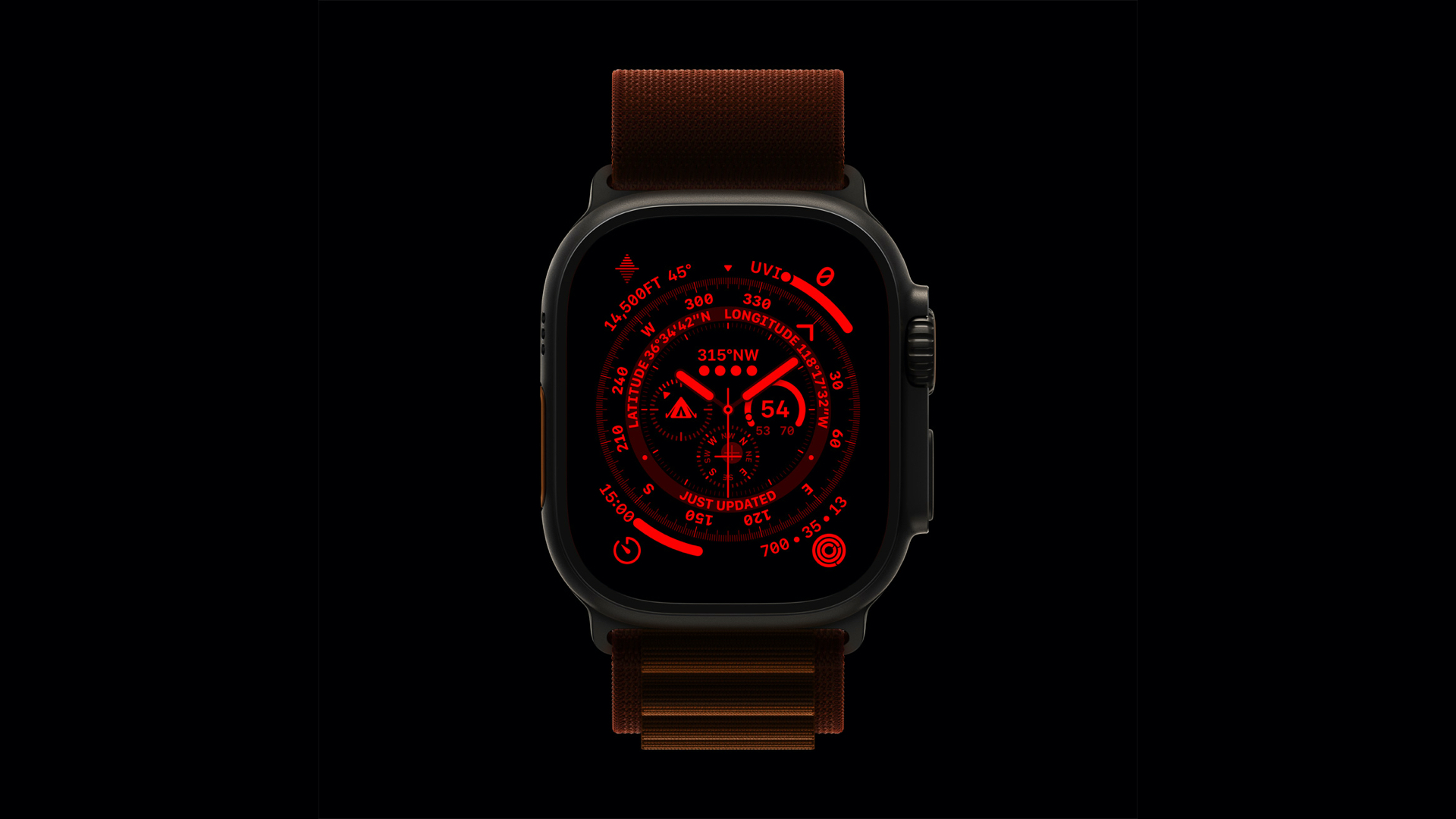
We've heard multiple reports that the Apple Watch Ultra will be the first Apple device to pack a microLED display, and now a new report has added more detail: Apple does indeed plan to bring the tiny pixels to its best smartwatch first, albeit later than it had originally planned and later than most recent reports have suggested, but it has big plans for microLED in more products.
Apple apparently plans to put microLED displays in future iPhones, headsets and perhaps even in the much-rumoured and still-secret Apple Car, which we know Apple is working on but don't know if or when it'll actually launch.
The new report comes from display analysts Trendforce, who say that the rollout of a 2.12-inch microLED display in the Apple Watch Ultra has now been put back again, this time from 2025 to 2026, due to supply chain issues.
However, the report adds that "production operations for the microLED variant are already in motion, signifying possible integration into Apple's product range". That range would include "headsets, smartphones and automotive applications" – in other words, future versions of the Vision Pro and iPhone, and perhaps the mysterious and currently mythical Apple Car too.
Why does Apple want to use microLED?
MicroLED LEDs are, well, microscopic – roughly 1/100th the size of traditional LEDs – and they deliver very high brightness levels with similar contrast to OLED displays, without suffering from the burn-in that can affect organic LED displays. They also deliver significantly improved energy efficiency, which is pretty useful in a small, size-constrained device such as a smartwatch or a smaller, lighter version of Apple's mixed reality headset.
Screens remain among the most significant battery hogs in any wearable or mobile device so improving their efficiency helps considerably.
The reason for using microLED in something like an Apple Car isn't quite so obvious, though: while energy efficiency would of course matter in an electric car, the space and weight constraints are rather different than in a smartwatch or headset. Trendforce reckons that the use cases include transparent displays, advanced heads-up displays and very bright instruments, but suggest that such applications are some way off and definitely post-2026.







